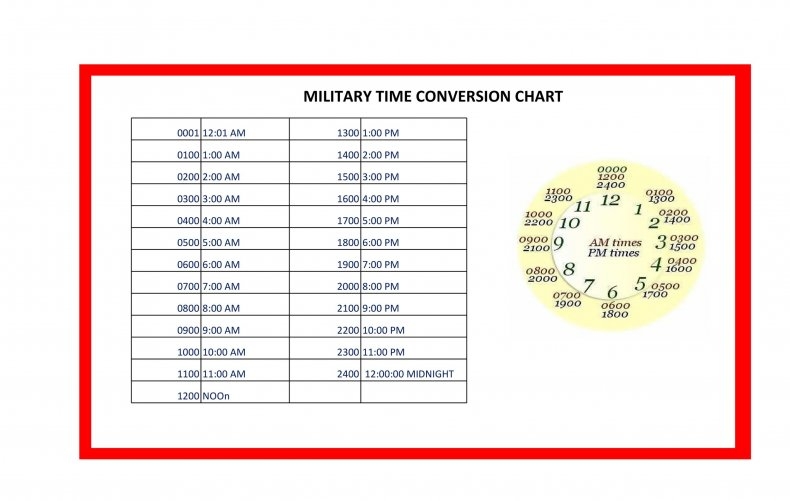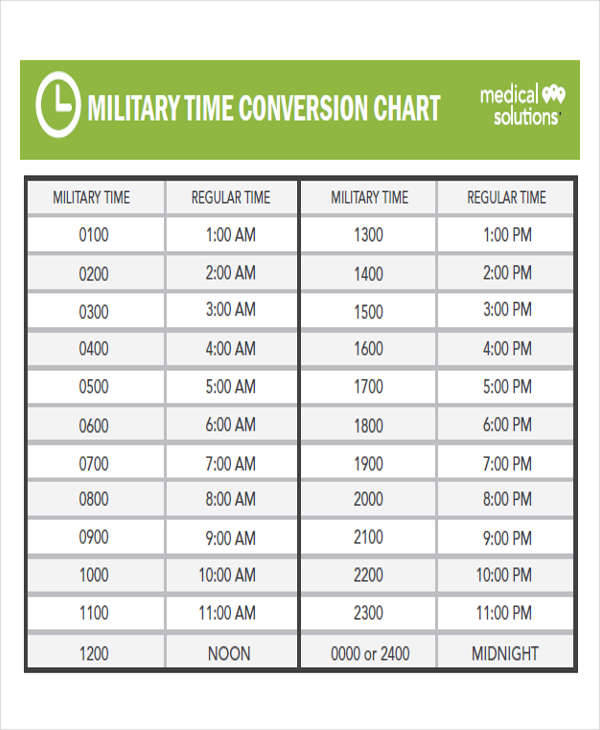

Time zones are complex: there are crooked time zone boundaries, areas with odd offsets, additional time zones lurking in a bulge of the International Date Line, and hundreds of official and unofficial time zone designations. This brings us to the final segment of the military time notation: the letter at the end designating the time zone. They tell you the number of minutes past the hour. This is the easy part: the minutes work exactly the same as in the 12-hour clock format. Note that military time doesn’t use a separator between the hours and the minutes. At 12 am (midnight), the hour count is reset to 00. In other words, for the period from 1 pm to 12 am, you have to subtract 12 to convert to the 12-hour format. The real fun starts after 12 noon when the 12-hour system jumps all the way back to 1 while the 24-hour system just keeps counting upward. The 24-hour clock is the world’s most widely used time format, while military time is only used in some contexts, such as the military and emergency services.

It uses a special notation and pronunciation geared toward clarity and conciseness.Īlthough it is often used as a synonym for the 24-hour clock, and the two are closely related, they are not the same. Military time is a format for expressing time based on the 24-hour clock. Business Date to Date (exclude holidays).


 0 kommentar(er)
0 kommentar(er)
